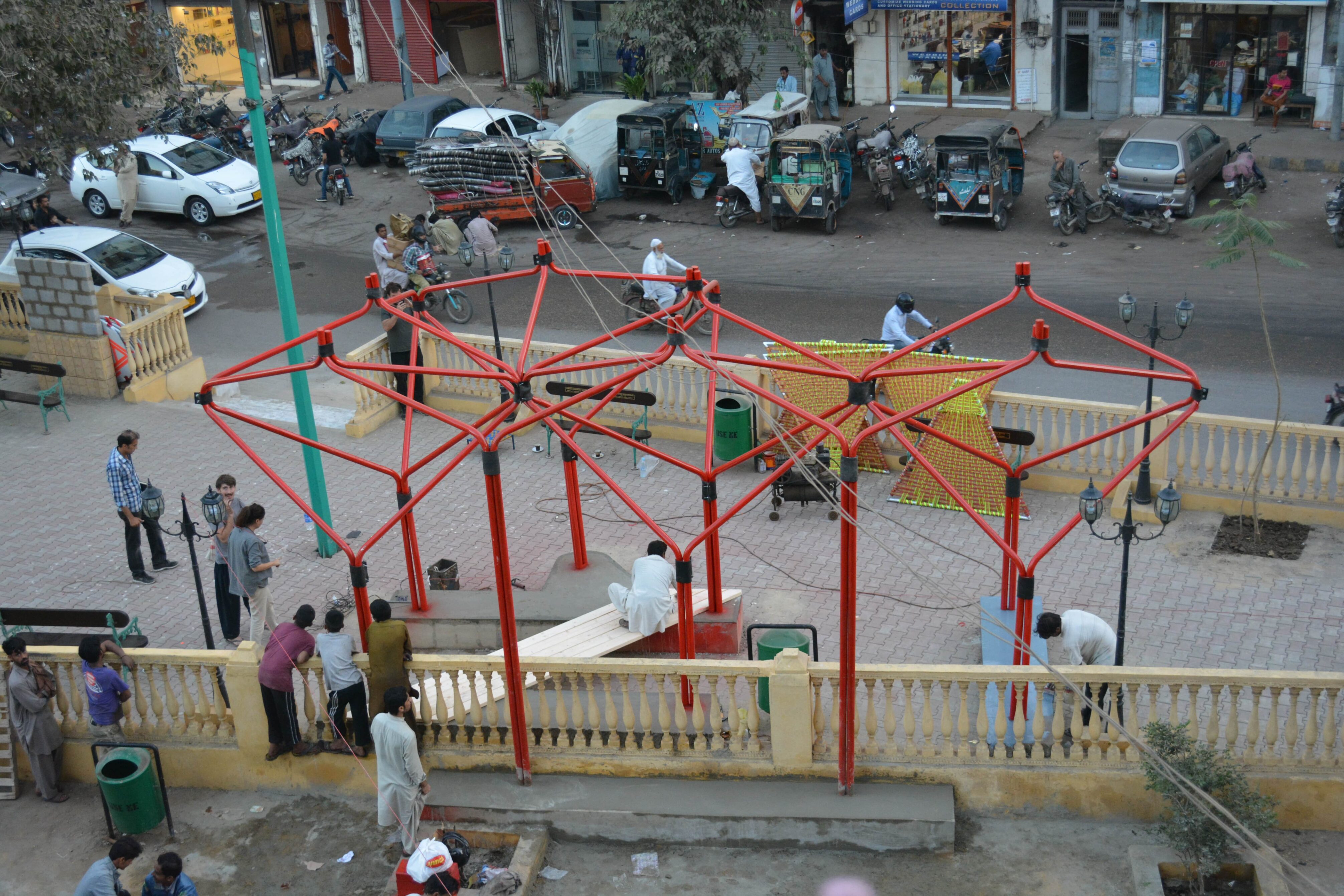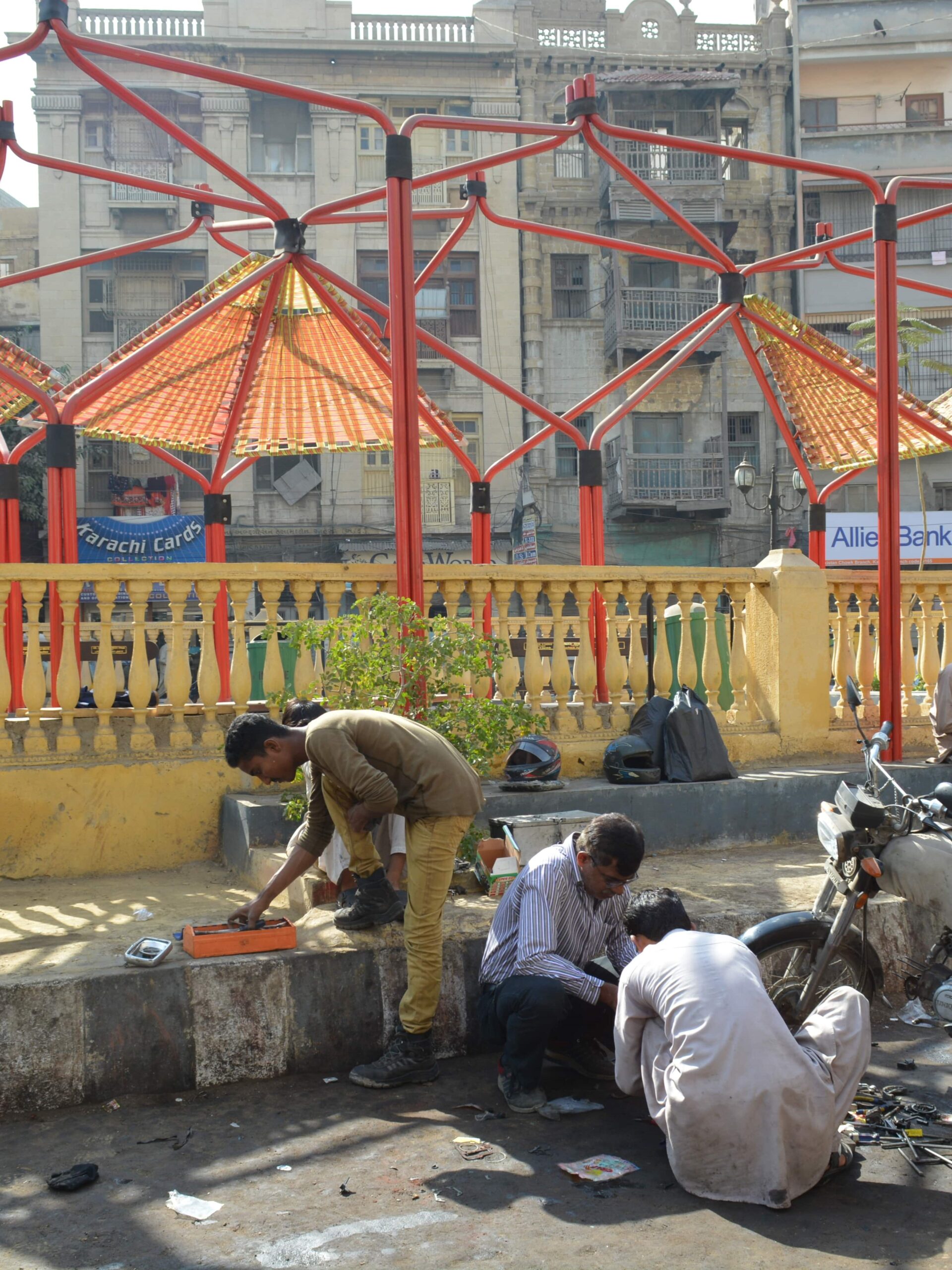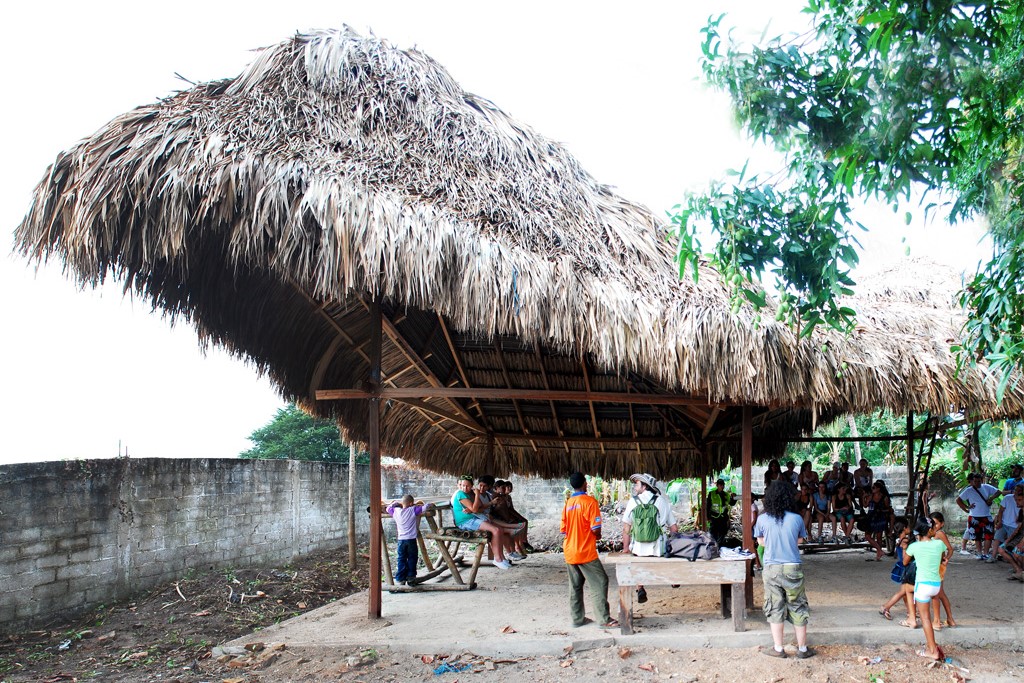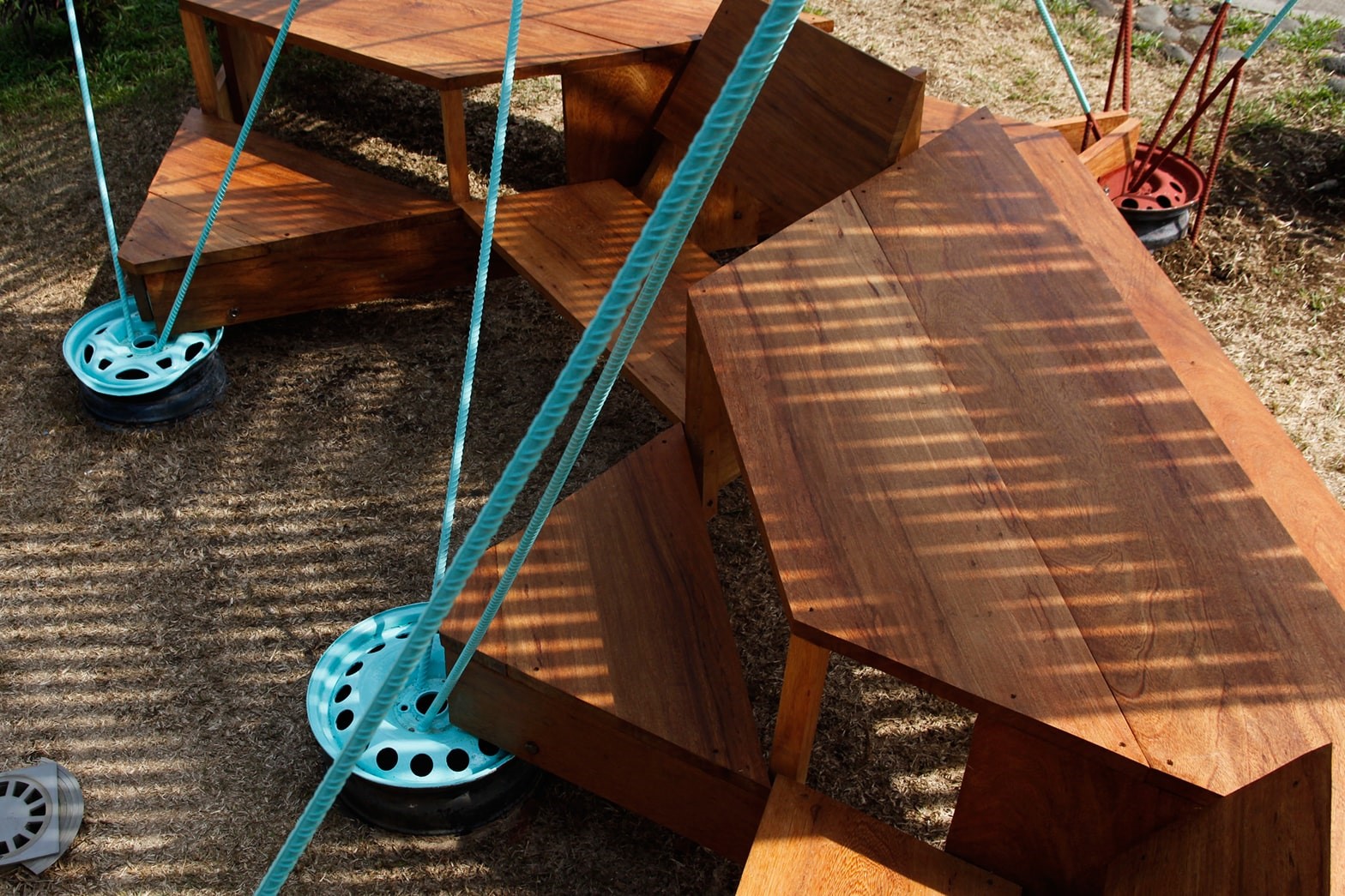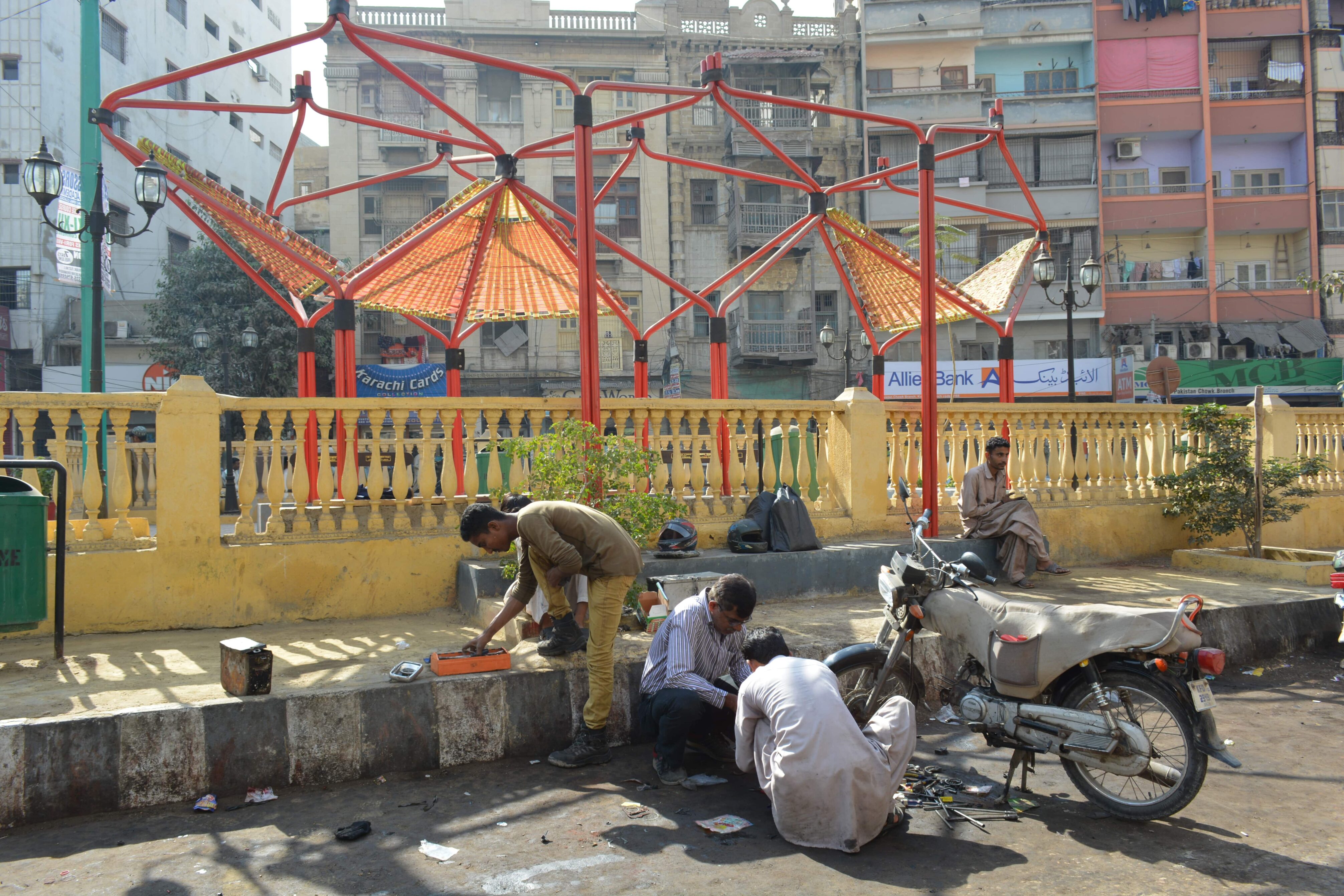
Jugaad and other items
Under the title “Urbanities – art and public space in Pakistan”, the collaboration project between the Goethe-Institut Pakistan and the Lahore Biennale Foundation incites discursive and artistic contributions and interventions related to Pakistan’s controversial and contested urban space, recollecting Henri Lefebvre’s “right to the city” for critical discussion and contributing to a trajectory leading to the Lahore Biennale in 2017.
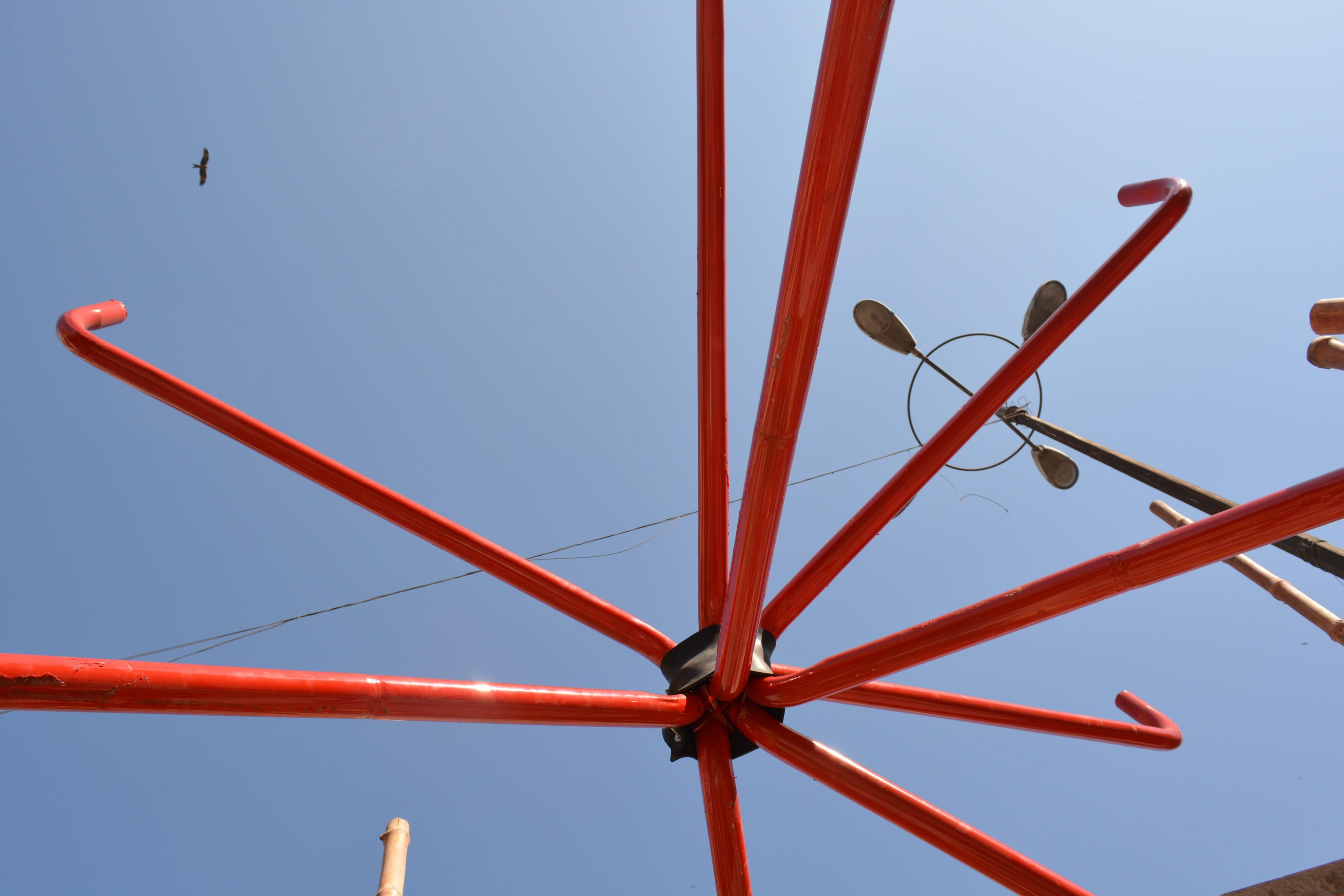
The German-Spanish collective Zoohaus, cofounded by Zuloark, was invited to participate as part of their practice Inteligencias Colectivas. We spent 20 days in Karachi, Pakistan, discovering nearly 60 amazing objects (a term we use for non-standardized intelligent constructions), meeting more than 200 people, designing and building an urban structure using local techniques in collaboration with Marvi Mazhar and her team and engaging a human network of more than 30 people. However, we were still far away from knowing Karachi in all its complexity.
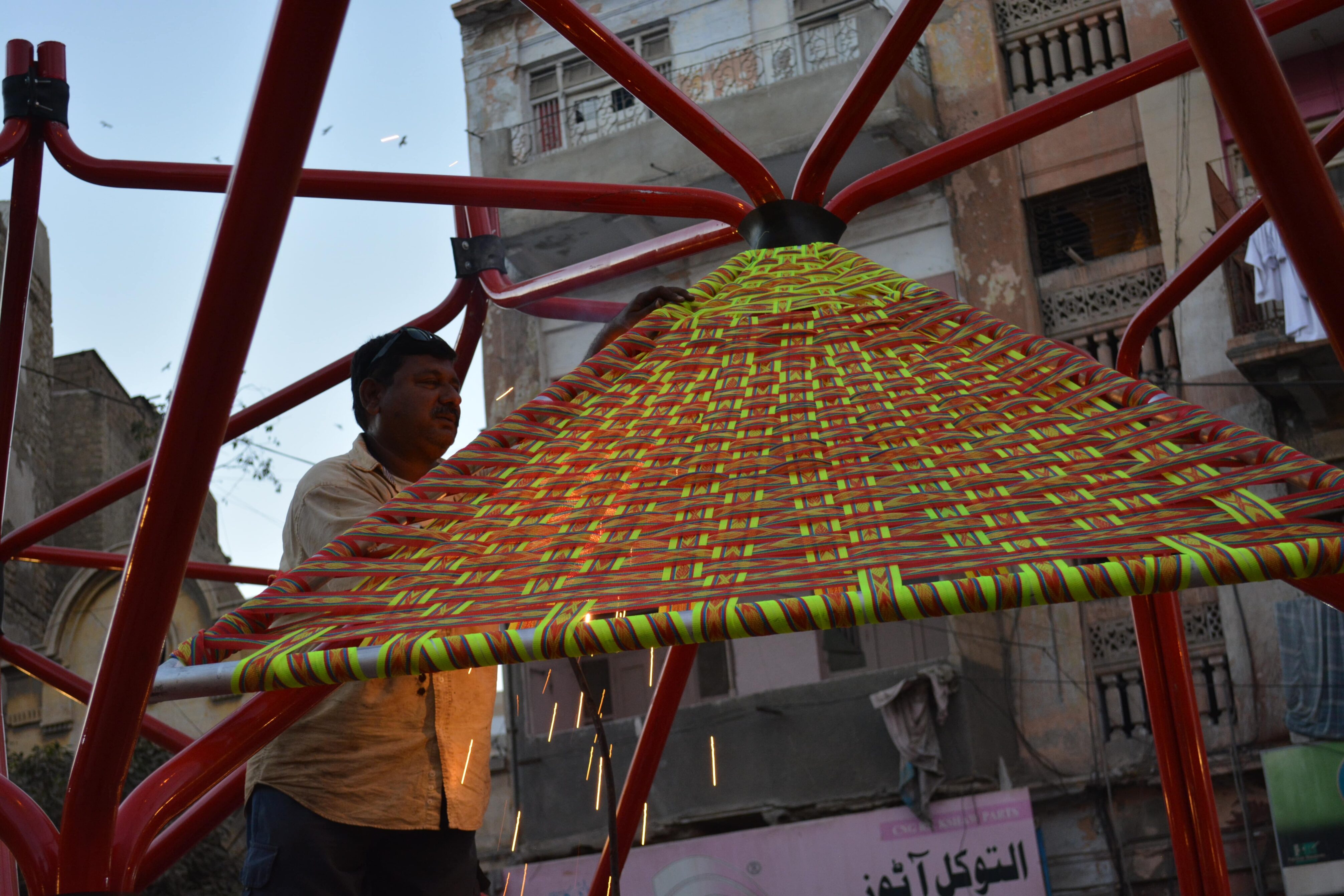
Moving around Karachi with open eyes and as close as possible to what was happening around, we perceived from the very first second the city’s strong manufacturing character and the Pakistani way of doing things “better done than perfect” with unexpected intelligent design solutions that solve specific problems and are determined by the materials and technologies available at the time. Recycling is a leitmotiv in Karachi. As objects, these solutions shape the perception and use of public space. The systems of urban objects and bottom-up infrastructure (trash collectors, goods delivery, transportation) are in fact the cornerstones of urban behavior in the city. Urbanism in Karachi is handmade, built by objects and manufactures.
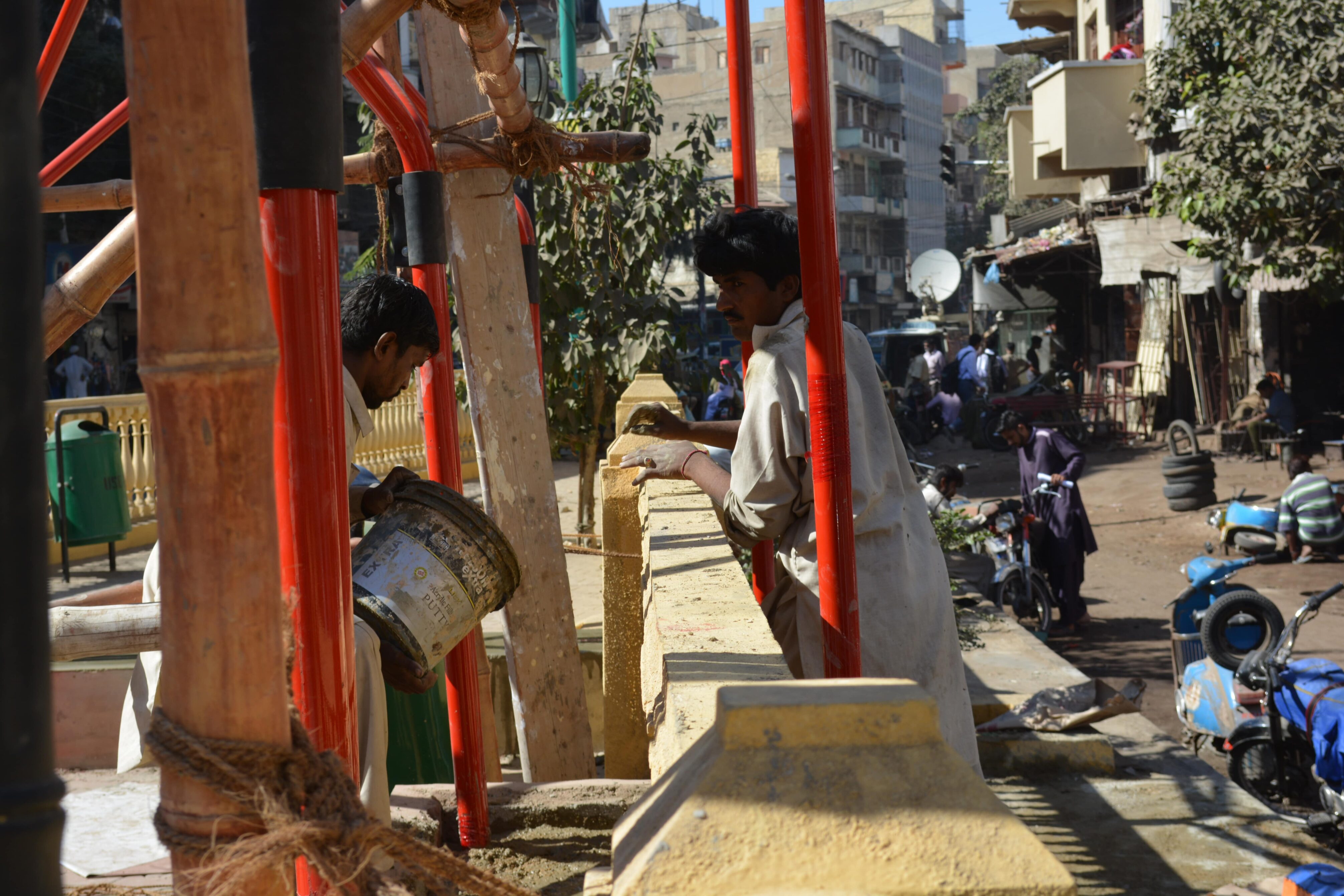
Together with the Pakistani community and through a series of workshops, we co-designed a critical construction centered on architectural and urban planning techniques that combine conventional know-how with present-day needs. Many materials —reusable, semi-industrialized, craft and manufactured— are incorporated into this customized construction. Karachi, the mega-creative city of makers, joint for this project the guilds of charpoy, truck art, masonry and motorcycle decoration to create a playful urban installation called “Jugaad”, right in the heart of the city. While this research and project was geared mainly toward amateur builders, it aspires to something greater: to encourage and cultivate citizen science.
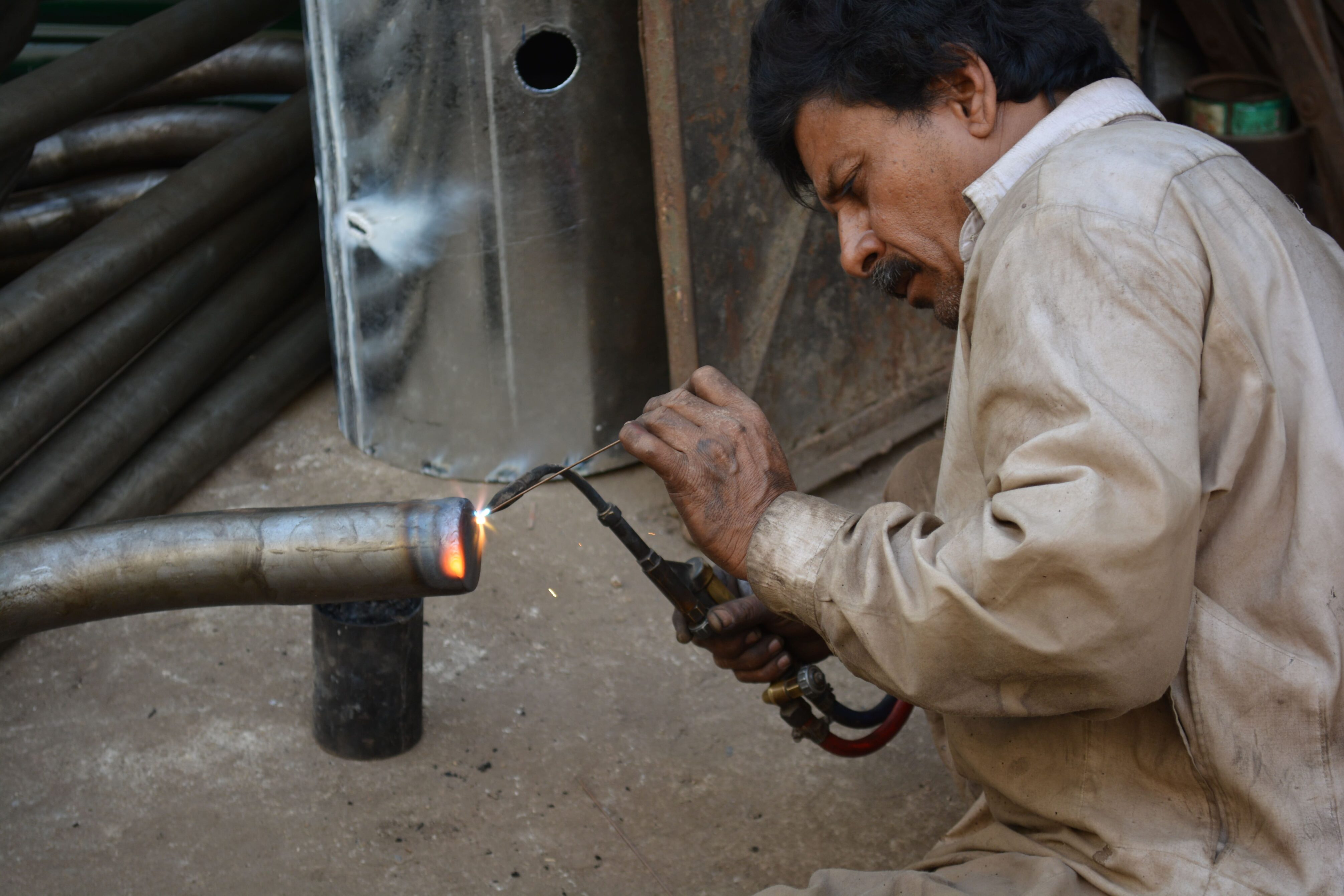
In the process of IC Pakistan particularly noteworthy was the commitment of Sara-Duana Meyer and Stefan Winkler as initiators and curators of “Urbanities”. Is also remarkable the participation of initiatives like Pakistan Chowk Community Centre, represented by Marvi Maazar in this case, or the Vasl Artists’ Association, created and supported by Adeela Suleman and Naila Mahmood. We also want to express an immense gratitude for the ones who showed us the “real” Karachi and their streets: Ali Raza, Zoya Ahmed, Huma Tassawar, Shahana Rajani, Madeeha Syed, Basil Andrews and many others.
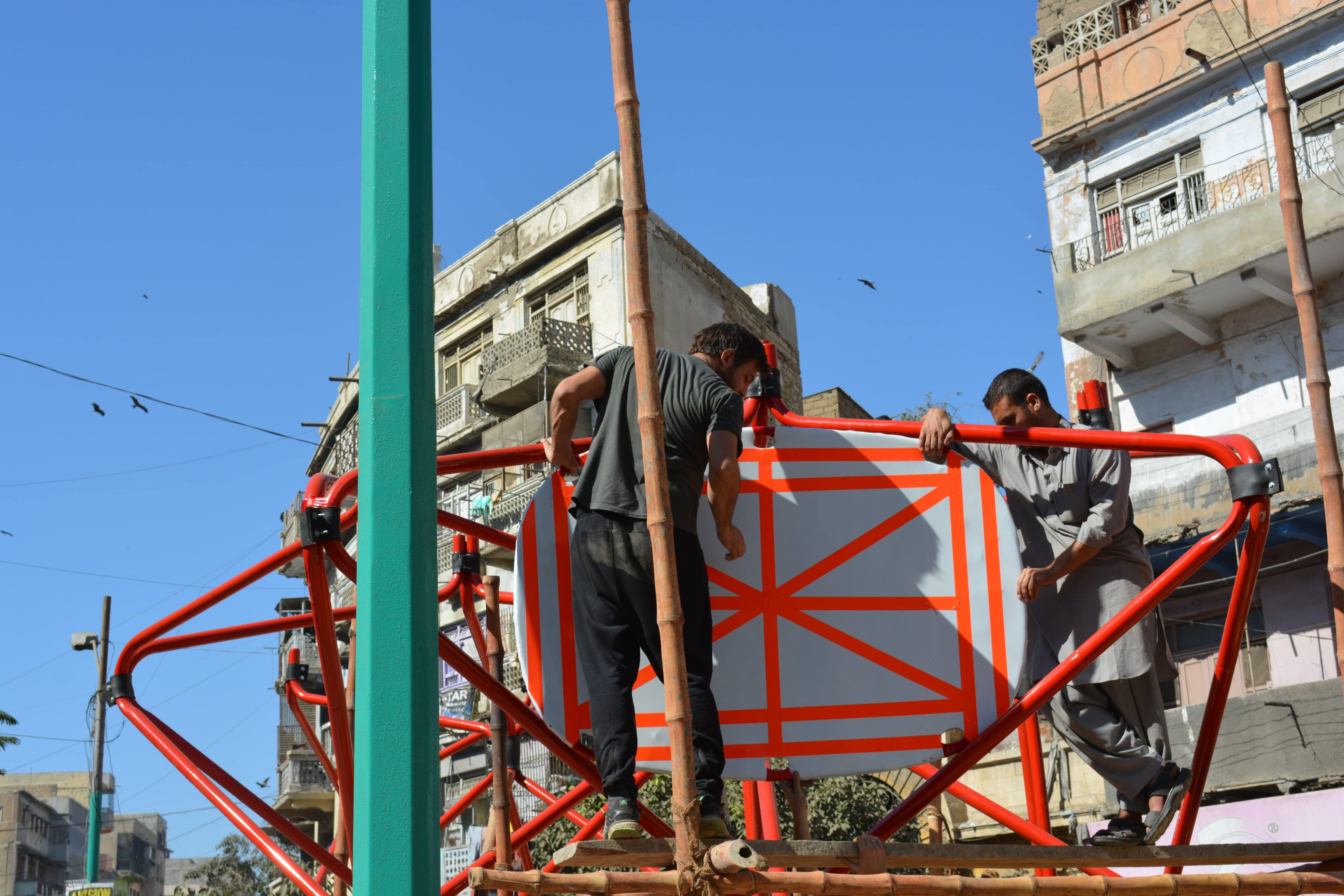
This network pushed the limits of Inteligencias Colectivas and enabled the development of new environments in a more sustainable, creative and common sense way.
